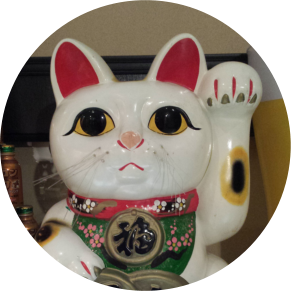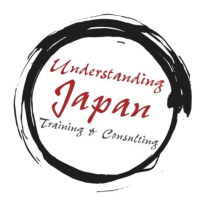FOR BUSINESS

Japan Business Etiquette
Basic Japan Etiquette
A quick look at the most important ‚rules‘ The good news: as a Westerner, most Japanese will forgive most of the faux pas you make while visiting their country. When these occur, most will simply think, “Oh, gaijin (foreigner)” and not think anything of it. Nonetheless, below are a few descriptions of common stumbling blocks and what the Japanese about them. You can decide how you would act in such situations.
General
Runny Noses
In Japan we can safely disregard our parents‘ instructions about blowing our noses and to quit snuffling about. Here, blowing our
nose with the aid of a handkerchief is seen as dirty, disgusting and embarrassing. Here, one snuffles, or if he must, seeks out a
quiet place to blow his nose. The masks you sometimes see people in Japan wearing is a sign that they have a cold. They wear the
masks to keep their germs to themselves out of consideration for everyone else on the subway, at work, etc.
Body Contact:
People in Japan generally maintain a greater distance between one another. While European countries practice different degrees
of embracing one another when greeting and saying goodbye to others, don’t forget that Japanese prefer a bit more physical
distance. Not allowing for this may come across as a bit too overbearing.

Japan Business Trip
Tipping: People do not tip in Japan - neither for taxis nor in restaurants, and also not in hotels. Many Japanese view it as receiving charity which they do not require. It is not uncommon for a waiter to return any tip money a guest ‘forgot’ on the table as he is leaving the restaurant. Greetings and Introductions: There are countless books on the proper way to introduce yourself and correctly greet people in Japan: everything from how to bow to giving and receiving the all-important meishi or business cards. My experience with meetings between Westerners and Japanese is that a hybrid form of imperfect bowing and imperfect hand- shaking usually takes places, and thus it is OK if a few mistakes are made in the process. The business cards, however, are another story. Here it is important to present your card with both hands and to receive your counterpart’s card with both hands. Show that you take the time to read what is on it and perhaps repeat the name. Business cards are a type of ‘face’ or passport to a mutual relationship. It is very important to treat these with care, i.e. don’t play with them, bend them, or just stick them in your back pocket; otherwise, you will have symbolically damaged the budding business relationship before it even gets started.Meetings
Decision-Making in Japanese Companies: “Do all the coworkers have to be included on the e-mail distribution list?” is one of the questions I often hear. The answer is “Absolutely”. Many people find the decision-making process in Japanese companies to be extremely slow. One reason for this is that everything must be discussed in detail with every department that has anything to do with the topic at hand. This is also the reason behind the gigantic e-mail distribution lists and the long waits needed before a decision is made. However, once a decision has been made, the implementation is usually fairly quick. This method of decision-making shouldn’t pose any problems. What could cause difficulties, however, is when the European side hasn’t done anything in the meantime (which unfortunately happens often). At the next meeting, the Europeans often discover that the Japanese are extremely well prepared while they are not. The Japanese are disappointed that their European counterparts haven’t prepared anything for the implementation of the project. At the same time, the European partners assumed that since things were taking so long that the project wasn’t going to happen. The Solution: Stay informed and up-to-date on how your Japanese are coming along. Pay attention to signals, such as requests for information. Find a contact person in the Japanese company who you can regularly ask about the status of the project. “Do you need any additional information?” is a legitimate question you can ask to help you figure out where your company stands and perhaps speed up the process.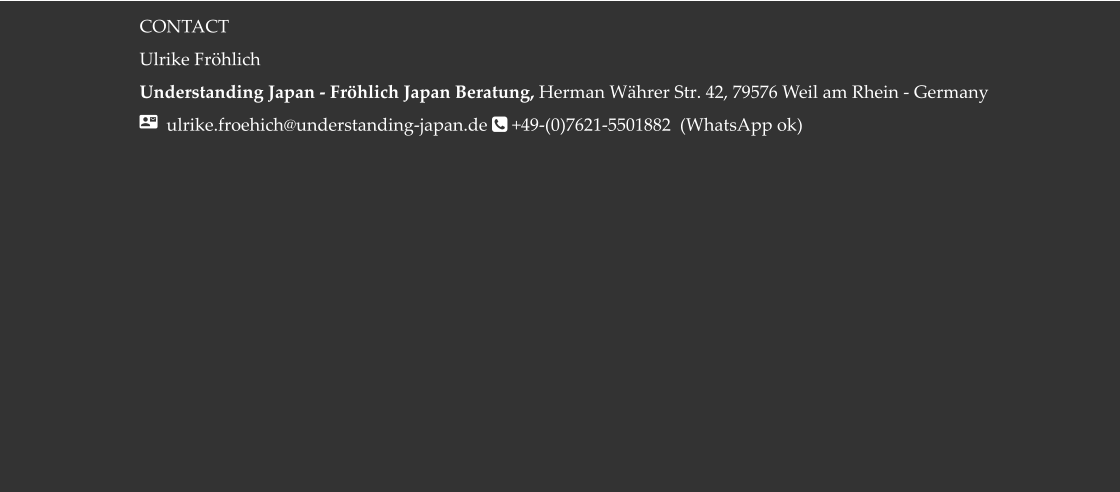
© Ulrike Fröhlich 2022



Basic Japan
Etiquette
A quick look at the most important ‚rules‘ The good news: as a Westerner, most Japanese will forgive most of the faux pas you make while visiting their country. When these occur, most will simply think, “Oh, gaijin (foreigner)” and not think anything of it. Nonetheless, below are a few descriptions of common stumbling blocks and what the Japanese about them. You can decide how you would act in such situations.
General
Runny Noses
In Japan we can safely disregard our
parents‘ instructions about blowing our
noses and to quit snuffling about. Here,
blowing our nose with the aid of a
handkerchief is seen as dirty,
disgusting and embarrassing. Here, one
snuffles, or if he must, seeks out a quiet
place to blow his nose. The masks you
sometimes see people in Japan wearing
is a sign that they have a cold. They
wear the masks to keep their germs to
themselves out of consideration for
everyone else on the subway, at work,
etc.
Body Contact:
People in Japan generally maintain a
greater distance between one another.
While European countries practice
different degrees of embracing one
another when greeting and saying
goodbye to others, don’t forget that
Japanese prefer a bit more physical
distance. Not allowing for this may
come across as a bit too overbearing.
FOR BUSINESS

Japan Business Trip
Tipping: People do not tip in Japan - neither for taxis nor in restaurants, and also not in hotels. Many Japanese view it as receiving charity which they do not require. It is not uncommon for a waiter to return any tip money a guest ‘forgot’ on the table as he is leaving the restaurant. Greetings and Introductions: There are countless books on the proper way to introduce yourself and correctly greet people in Japan: everything from how to bow to giving and receiving the all-important meishi or business cards. My experience with meetings between Westerners and Japanese is that a hybrid form of imperfect bowing and imperfect hand-shaking usually takes places, and thus it is OK if a few mistakes are made in the process. The business cards, however, are another story. Here it is important to present your card with both hands and to receive your counterpart’s card with both hands. Show that you take the time to read what is on it and perhaps repeat the name. Business cards are a type of ‘face’ or passport to a mutual relationship. It is very important to treat these with care, i.e. don’t play with them, bend them, or just stick them in your back pocket; otherwise, you will have symbolically damaged the budding business relationship before it even gets started.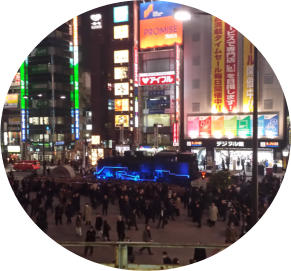
Meetings
Decision-Making in Japanese Companies: “Do all the coworkers have to be included on the e-mail distribution list?” is one of the questions I often hear. The answer is “Absolutely”. Many people find the decision-making process in Japanese companies to be extremely slow. One reason for this is that everything must be discussed in detail with every department that has anything to do with the topic at hand. This is also the reason behind the gigantic e-mail distribution lists and the long waits needed before a decision is made. However, once a decision has been made, the implementation is usually fairly quick. This method of decision-making shouldn’t pose any problems. What could cause difficulties, however, is when the European side hasn’t done anything in the meantime (which unfortunately happens often). At the next meeting, the Europeans often discover that the Japanese are extremely well prepared while they are not. The Japanese are disappointed that their European counterparts haven’t prepared anything for the implementation of the project. At the same time, the European partners assumed that since things were taking so long that the project wasn’t going to happen. The Solution: Stay informed and up-to- date on how your Japanese are coming along. Pay attention to signals, such as requests for information. Find a contact person in the Japanese company who you can regularly ask about the status of the project. “Do you need any additional information?” is a legitimate question you can ask to help you figure out where your company stands and perhaps speed up the process.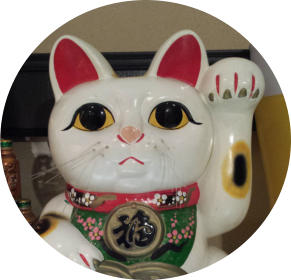
Japan Business Etiquette
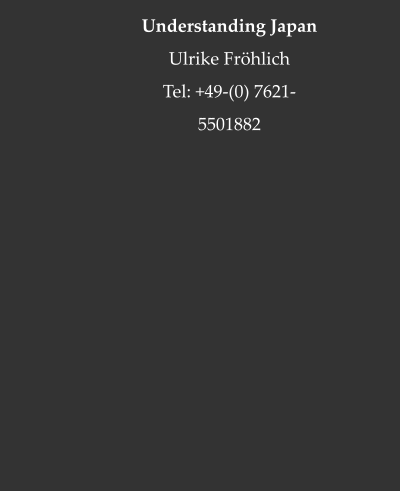
© Ulrike Fröhlich 2022
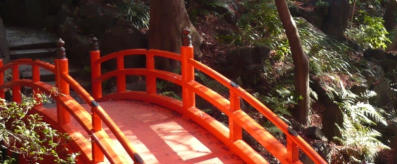
„A Bridge for Business“
Understanding Japan






